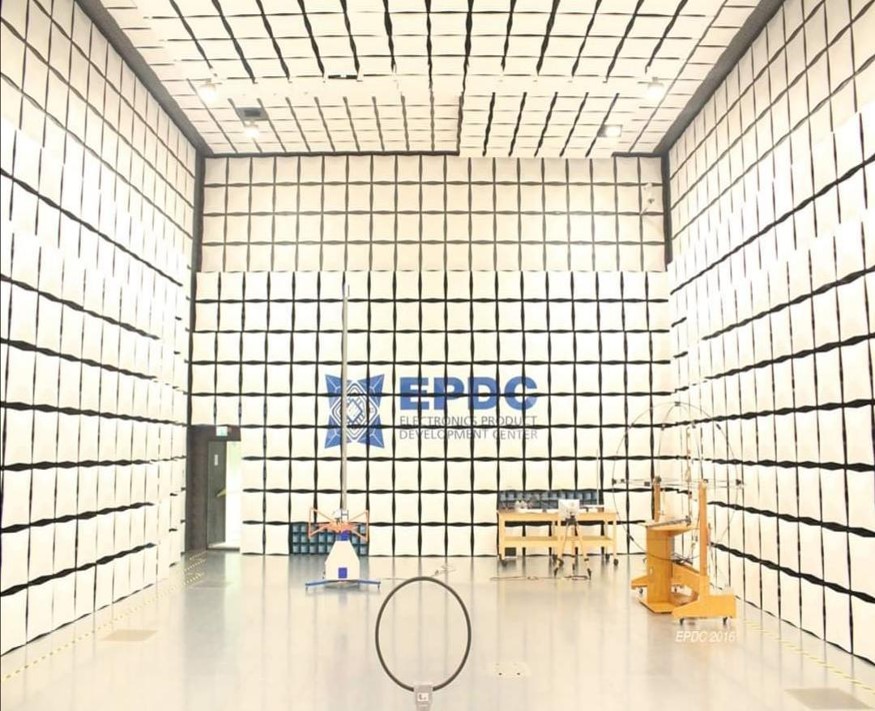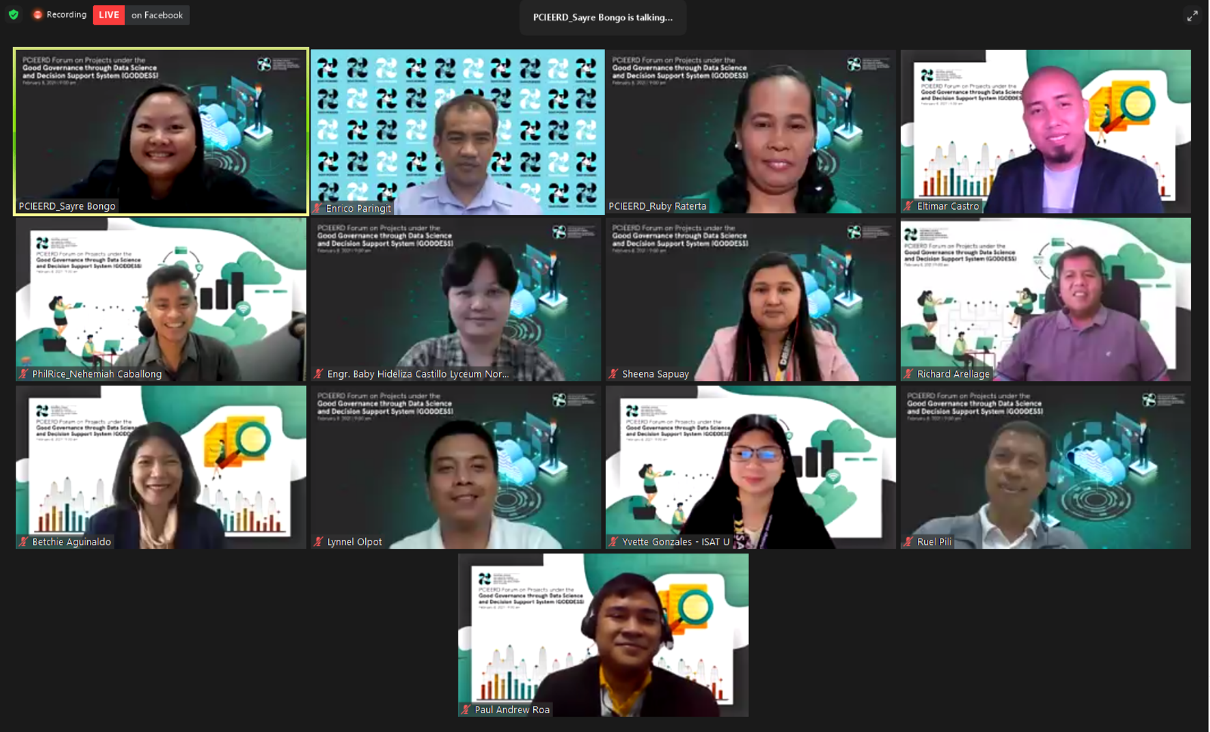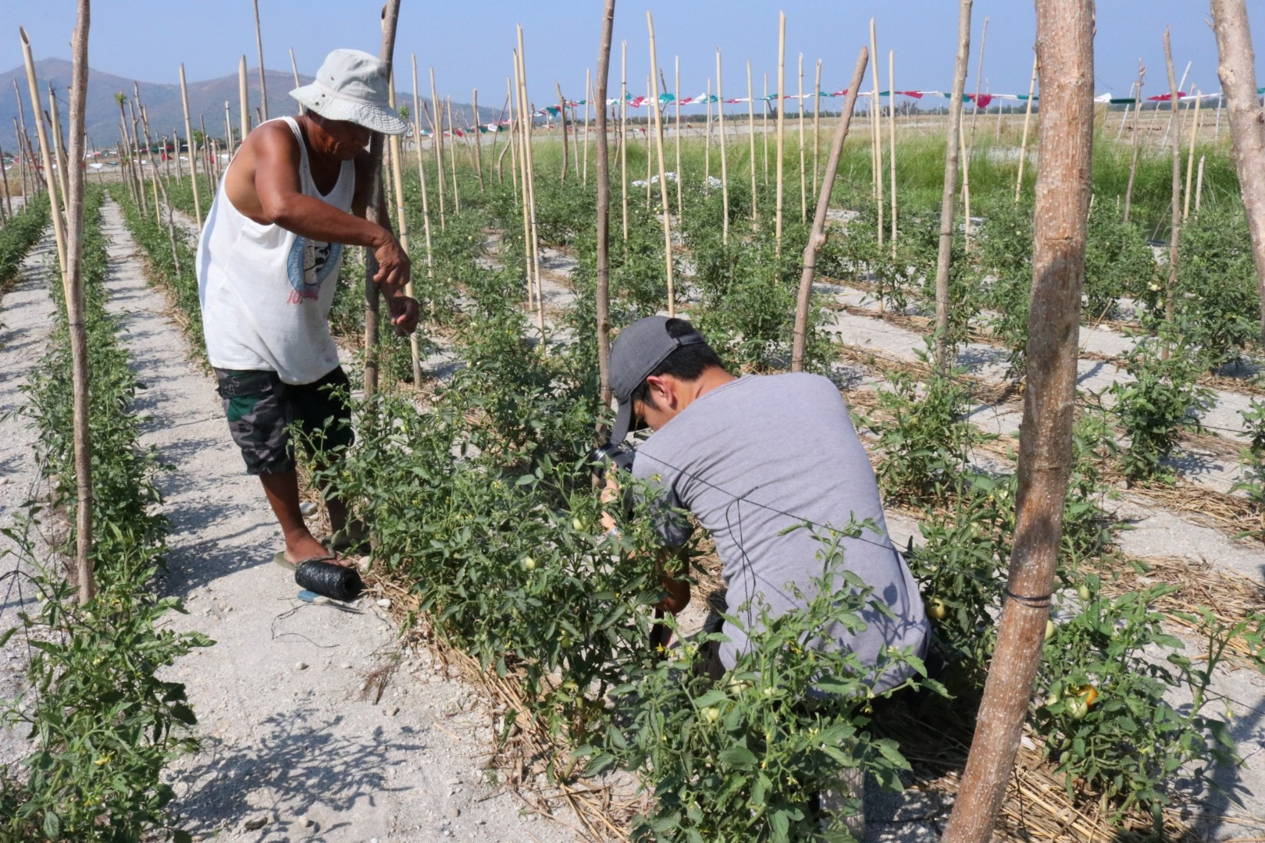Maya-2, the Philippines’ second cube satellite, was successfully released into orbit by the International Space Station (ISS) on Sunday, 14 March 2021, along with Paraguay’s GuaraniSat-1 and Japan's Tsuru.
Developed under Japan’s Kyushu Institute of Technology’s 4th Joint Global Multi-Nation Birds Satellite (BIRDS-4) Project, these cube satellites were launched on February 21, 2021 at the National Aeronautics and Space Administration (NASA) Station in Virginia, United States through the S.S. Katherine Johnson Cygnus spacecraft at 1:36 AM PST.
Maya-2 was designed and built by Filipino scholars assisted through the Space Science and Technology Proliferation through University Partnerships (STeP-UP) Project of the Space Technology and Applications Mastery, Innovation and Advancement (STAMINA4Space) Program, with funding support from the Department of Science and Technology (DOST).
“The successful launch of Maya-2 makes me feel proud. The accomplishment made possible by our young researchers and engineers should make us confident that we can do more in the area of space technology. I have high hopes that we, as a people, will be able to benefit more from developments in this area--all towards making the quality of life of our people better,” said DOST Secretary Fortunato de la Peña.
Maya-2 engineers Izrael Zenar Bautista, Mark Angelo Purio, and Marloun Sejera confirms that upon deployment of the CubeSat, they will immediately start carrying out the satellite’s missions.
At just 1.3 kg, Maya-2 has a camera that captures images and videos, an Automatic Packet Reporting System Message Digipeater (APRS-DP), attitude determination and control units for active attitude stabilization and control demonstrations, Perovskite solar cells, and a Latchup-detection chip. Gathered data from the demonstrated components will be used to evaluate these technologies for future space missions.
Further, it can collect data remotely through a store-and-forward mechanism and gather data for applications such as weather and infectious disease analysis through ground sensors. Maya-2 was developed and improved using the knowledge gained from developing its predecessor.
DOST and STAMINA4Space Program are looking forward to the continued expansion of the Philippines’ capabilities and innovations in the space technology applications sector with the development of more Filipino-made satellites. They have corroborated that Maya-3 and Maya-4 are targeted to be launched within 2021.
As the monitoring agency of the STAMINA4Space Program, DOST-Philippine Council for Industry, Energy and Emerging Technology Research and Development (PCIEERD) is optimistic that these STA initiatives will bring positive change to the country.
"As a leader and preferred partner in enabling game-changing innovations in the emerging technology sectors, the successful release of Maya-2 into orbit is testament that Filipino scientists and engineers are capable of uplifting the lives of Filipinos through research and development (R&D)," said DOST-PCIEERD Executive Director Dr. Enrico C. Paringit.







